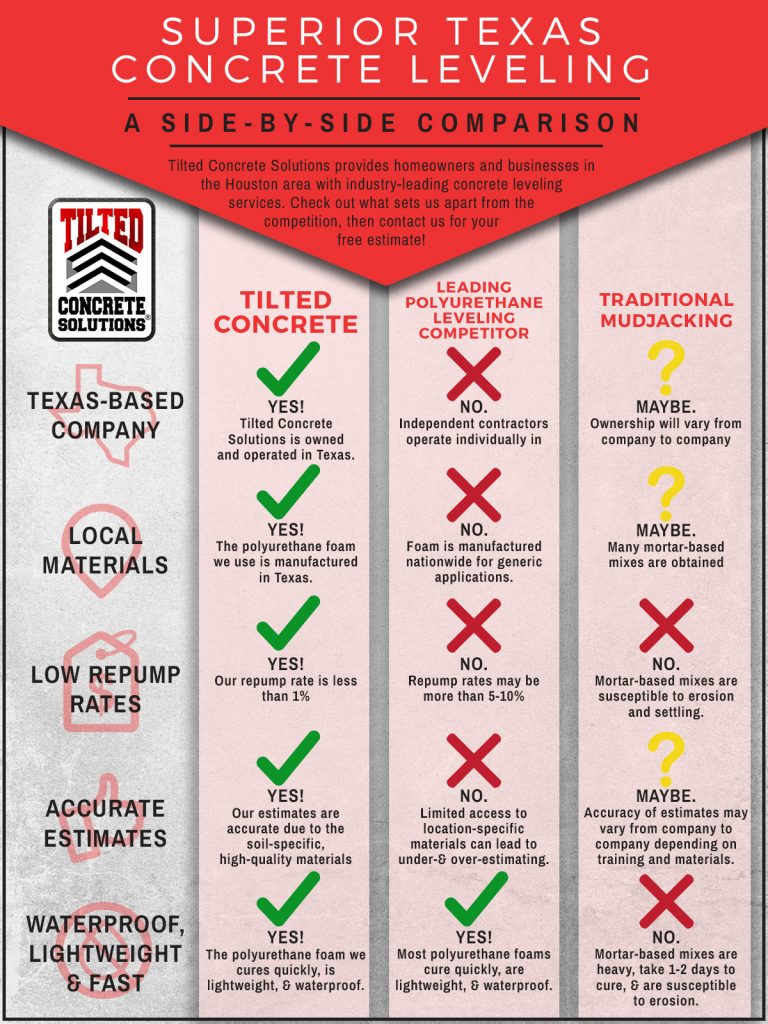An Examination Of Inside Versus Exterior Paint: Fundamental Differences And Their Applications
An Examination Of Inside Versus Exterior Paint: Fundamental Differences And Their Applications
Blog Article
Article Author-Reimer Bernstein
When you're choosing in between exterior and interior paint, it's necessary to understand their fundamental distinctions that impact both performance and aesthetic appeals. Inside paints are crafted for lower VOC degrees and smoother coatings, making them perfect for interior areas, while exterior paints are created to sustain harsh weather conditions and UV direct exposure. Each kind serves an unique objective, yet recognizing when to utilize one over the other can significantly affect your project's end result. So, what elements should you think about when making your selection?
Composition and Formulation
When picking in between interior and exterior paint, recognizing their make-up and formula is crucial. Inside paints usually have a reduced amount of volatile organic substances (VOCs), making them much safer for interior air quality. You'll notice they frequently have a smoother coating, which improves their ability to withstand discolorations and allows for simpler cleansing. They're made to endure the roughness of indoor settings, consisting of varying humidity levels and temperature level changes.
On the other hand, outside paints are developed to withstand harsher conditions. They usually have greater levels of pigments and ingredients to resist fading from UV rays, in addition to to stop mold and mold development. Their make-up includes much more binders and materials, which offer far better attachment to surfaces exposed to the components. This makes sure the paint can endure rain, snow, and varying temperatures without peeling off or cracking.
Performance and Resilience
Assessing performance and durability is vital when choosing between exterior and interior paint. Interior paint is created for surfaces that experience less wear and tear. have a peek at this site stands up to fading and scuffing, making it excellent for living rooms and bed rooms. However, it may not stand up well in high-moisture areas like bathroom and kitchens without proper solution.
On the other hand, exterior paint faces harsher problems. It's crafted to withstand UV rays, rainfall, and temperature level fluctuations. This kind of paint typically contains additives that protect against mold and mildew and mold development, guaranteeing long life in different environments. When you utilize exterior paint, you can anticipate it to last several years longer than indoor paint, gave it's applied properly.
One more essential distinction hinges on the finish alternatives. Inside paints typically have a range of finishes for aesthetic charm, while exterior paints prioritize toughness over shine. If you're looking for something that can take care of the components, outside paint is your best bet.
On the other hand, if you're focused on indoor appearances with less problem for extreme conditions, interior paint might be ideal. Ultimately, your choice ought to align with the details demands of the environment.
Aesthetic Considerations
A fresh layer of paint can transform a room, but visual factors to consider play an essential function in your choice in between exterior and interior options. When Click On this site selecting paint, think of the state of mind you want to develop. Interior paint enables you to discover a wider range of colors and coatings, enabling you to express your individual design and improve your home's atmosphere. Whether you select soft pastels or bold tones, the appropriate interior paint can make your areas really feel comfortable, lively, or peaceful.
On the other hand, outside paint requires to line up with your home's style and the surrounding setting. Below, you're not just making a design statement; you're also taking into consideration aesthetic allure. Choosing shades that integrate with your community can improve your home's value and aesthetic charm. Bear in mind that exterior paint is also subject to fading and weather modifications, so picking a timeless color can conserve you from regular repainting.
Ultimately, think about just how each choice fits your vision. By aligning your paint choice with your wanted aesthetic, you can produce areas that show your character while preserving functionality.
https://www.bobvila.com/articles/paint-colors-that-make-a-house-appear-dingy/
When it comes to selecting paint, recognizing the key differences between exterior and interior options is important. Interior paints focus on appearances and reduced VOCs, making them best for boosting your interior spaces. On the other hand, exterior paints are developed for longevity and climate resistance, safeguarding your home from the components. By considering your specific demands and the setting, you can confidently select the best paint to accomplish the appearance and durability you prefer for your area.
